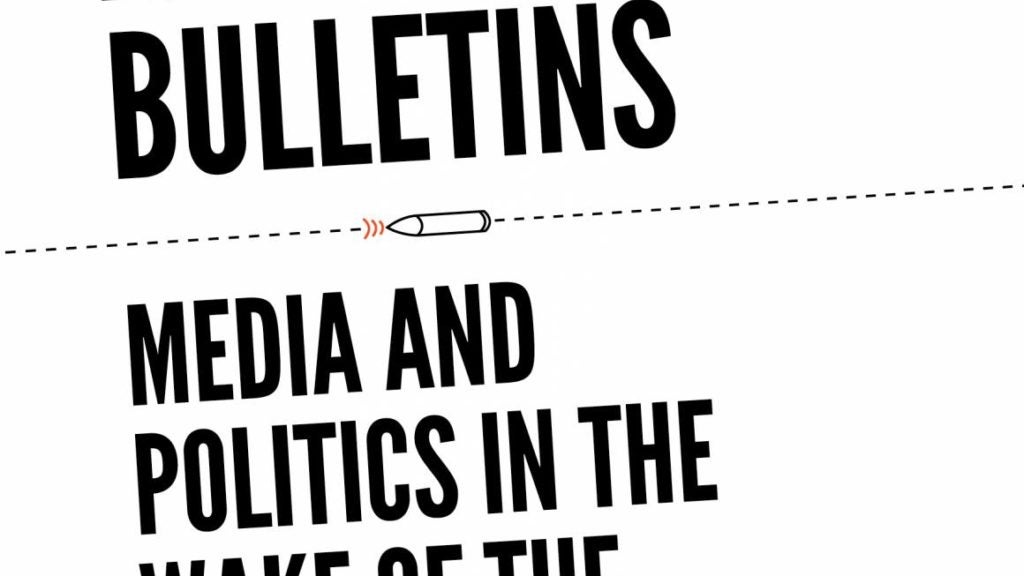Georgetown’s CIRS Researchers Launch New Book on Media and Politics in the Middle East

From North Africa to the Gulf, the impact of the Arab uprisings has reverberated far beyond trending hashtags and protests in public squares. The complex relationship between evolving digital technologies and entangled regional politics begs for an in-depth analysis.
A new collaborative volume led by Georgetown University in Qatar’s (GU-Q) Center for International and Regional Studies (CIRS) researchers aims to deepen the understanding of this major moment in contemporary Middle Eastern history. The book, Bullets and Bulletins: Media and Politics in the Wake of the Arab Uprisings, focuses on the sociopolitical and media transitions the region has witnessed since the 2011 Arab uprisings. Published by Oxford University Press/Hurst, the book is the culmination of years of study by CIRS under its ‘Politics and the Media in the Post-Arab Spring Middle East’ research initiative.
Edited by GU-Q Professor Mohamed Zayani and CIRS’s Suzi Mirgani, Bullets and Bulletins adopts a multidisciplinary approach to the topic and considers events, developments, and impacts in countries including Tunisia, Libya, Egypt, Syria and Bahrain. It discusses the role that legacy and new media have played in an altered Arab world, paying particular attention to the shifting power relations between governments and their citizens.
“With the increasing adoption of information and communication technologies, the Middle East is more connected that ever before, people are better informed, and citizens are more empowered—but the relationships between media and politics have grown more complex too,” said Zayani, professor of Critical Theory and director of the Media and Politics program at GU-Q. “This book gives insights into not only the much-debated role social media played during the Arab uprisings, but also the reconfiguration of the public sphere, the reformulation of power dynamics, and the refashioning of political consciousness within an altered communication space.”
Commenting on the book, Karin Wilkins, director of the Center for Middle Eastern Studies at the University of Texas, Austin, noted: “This collection offers a compelling challenge to communication scholarship that assumes simplistic political dynamics and mediated strategies.”
“Many of the contributors to this volume state very clearly that the divide between old media and new media is a false dichotomy,” explained Suzi Mirgani, manager and editor for publications at CIRS. “Information and communication technologies have long been used by both government authorities and the public as simultaneous tools for silencing or amplifying dissent. During the first few months of the mass uprisings, the sheer number of protestors, using all available media whether traditional or what is termed ‘new media’, tipped the balance of power.”
Bullets and Bulletins is the most recent publication in a series of books produced by CIRS in partnership with Oxford University Press/Hurst, with the next book expected to be published later this year. The previous CIRS book in the series, Networked Publics and Digital Contention: The Politics of Everyday Life in Tunisia, was authored by Zayani and won the 2016 Global Communication and Social Change Best Book Award from the International Communication Association.
A summary report of the CIRS research initiative on ‘Politics and the Media in the Post-Arab Spring Middle East’ is available for free on CIRS’s website, with an Arabic version currently in production and expected in the coming month.